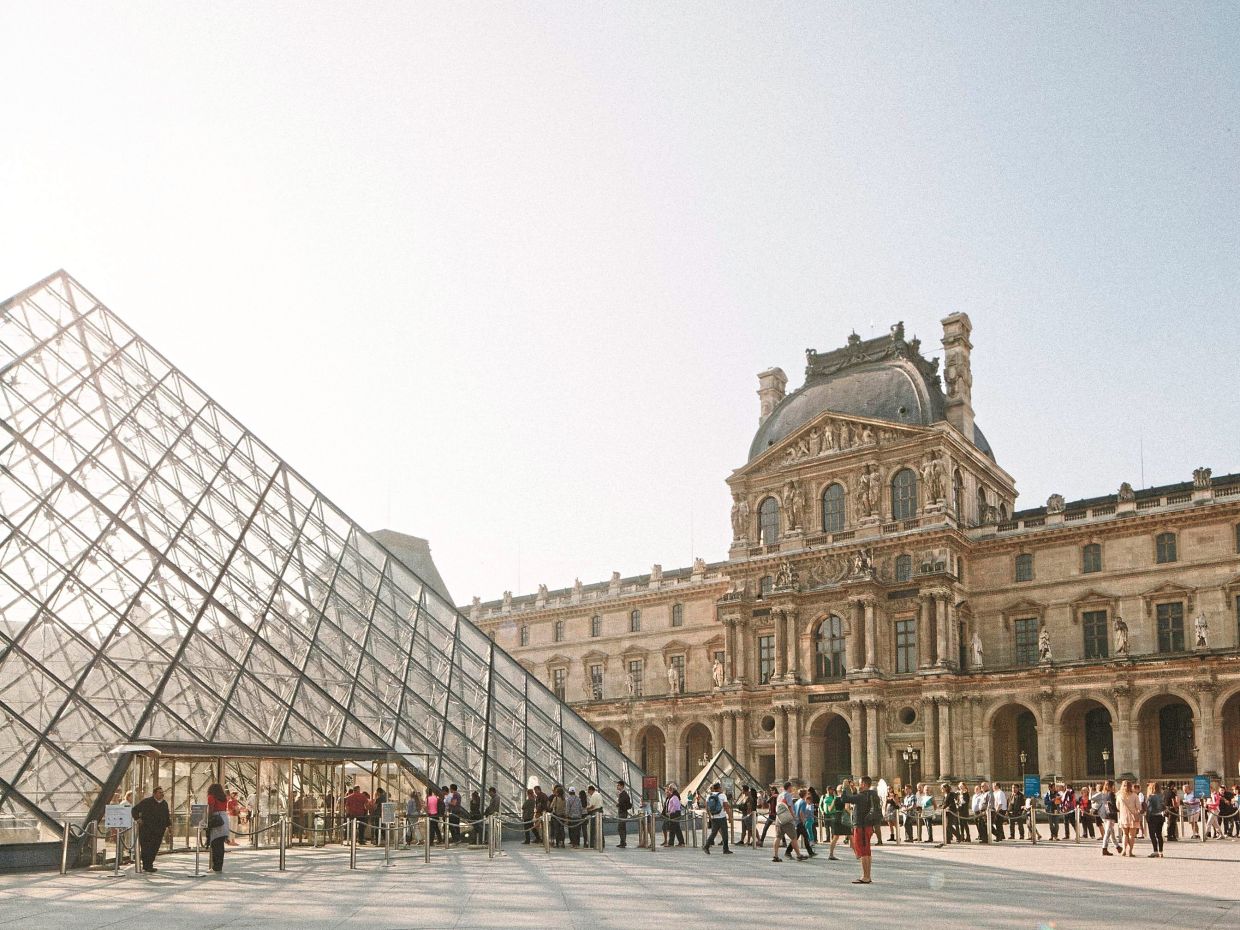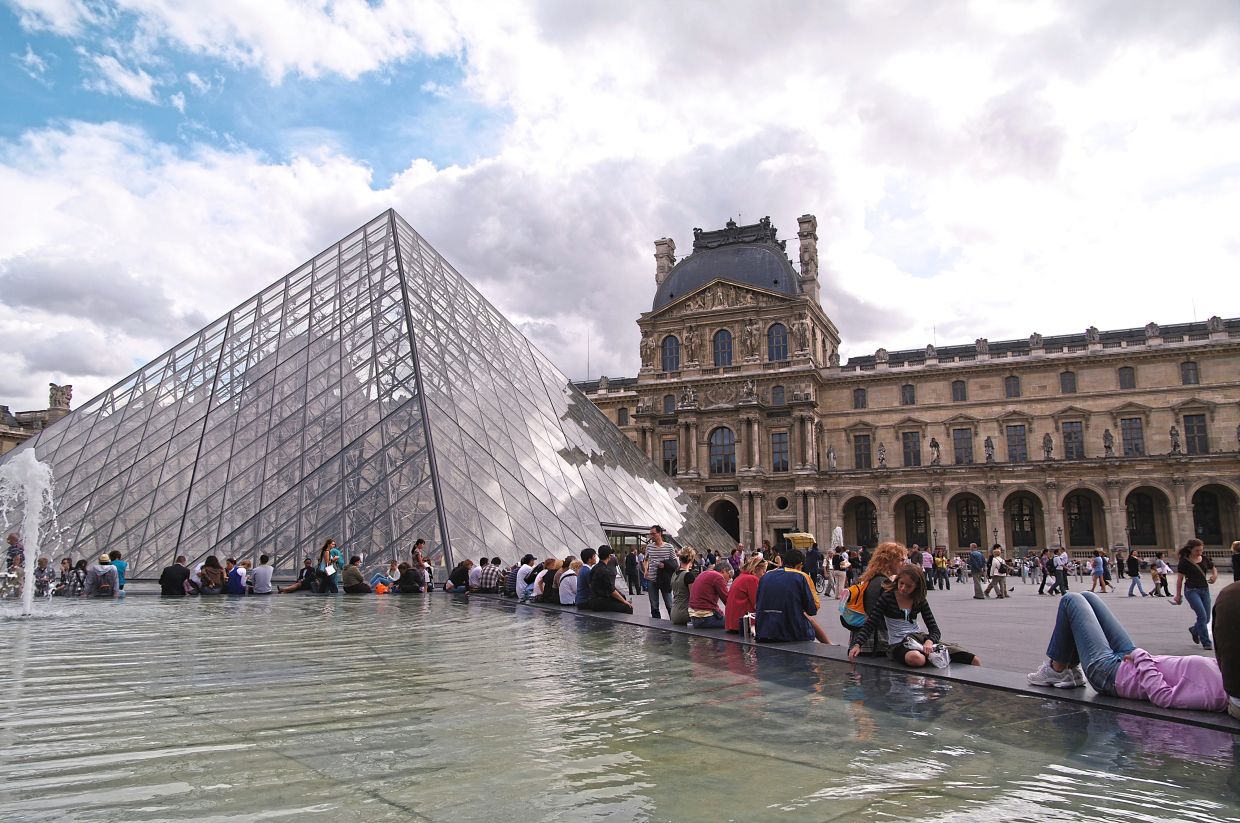The Louvre Museum is the largest art museum in the world in terms of size. Photos: Canva
A museum's core purpose is to collect, store, preserve and display significant historical objects as a form of evidence of our past.
Lessons of our past could be told through exhibitions of tangible and intangible heritage items. Even in the digital world, understanding our past prepares us for a better future.
A well-designed and well-curated museum still has the power to transform and shape our society. When done right, museums also act as strong community hubs by organising celebrations, events, workshops and public lectures.
With the increasing affordability of digital screens and media presentations, museum exhibitions are becoming more exciting and interactive.
That is the reason why I love designing museums. It’s great to see how museums can still evolve to be a source of education and inspiration for the next generation. Great museums are icons in their cities. When museums attract visitors, it drives the local economy.
The art of designing museums demands poetics and drama in its interiors. It’s exciting yet extremely challenging at the same time to weave the curated content with the right sequential experience.
Paris has one of the most diverse collections of museums, housing paintings, sculptures, contemporary art, and science and historical artefacts.
My visit to Paris may have been a decade ago, but it has cemented my belief in the importance of museums in every city.
In 2023, CNN Travel reported that Paris ranked No.1 in Euromonitor International’s Top 100 City Destinations in the world. That’s amazing for a city that boasts more than 140 museums filled with curated exhibitions, galleries and artefacts.
Musee du Louvre
The Louvre Museum or Musee du Louvre in Paris is the largest art museum in the world (in terms of size), with over 380,000 objects and approximately 35,000 works of art. Interestingly, the Louvre was originally a fortress but it later became the royal palace between the 14th and 18th century.
In 1981, newly elected French President Francois Mitterrand announced the ambitious plan to turn the remaining spaces of the Louvre into a world-class museum.
Chinese-American architect I.M. Pei was commissioned as the architect of the monumental project, following his widely acclaimed design of the National Gallery of Art’s East Building in Washington, the United States.
At that point of time, the Louvre Museum was struggling with multiple problems of overcrowding, poor building maintenance, and severe lack of space for administration, restoration labs and storage.
The interiors were also extremely confusing with lengthy unmarked corridors.
With huge sensitivity and respect for the façade of existing buildings, the architect decided to avoid creating any new extension space above ground. He finally proposed the idea of creating an entirely new underground floor below the existing courtyard.
To define the entry point to the underground space, a pyramid-shaped glass roof was designed to house the arrival foyer. The intent was for the glass pyramid to emerge humbly and be minimally invasive to the existing historical buildings surrounding the courtyard.
By creating an entry point in the middle of the courtyard, the architect cleverly reduced the walking distance when visiting the different galleries.
Do you know that the proposal of adding a new glass pyramid sparked a huge public outcry initially? Almost 90% of Parisians rejected the idea. The project eventually took off and was completed in 1989.
Today, the Louvre Museum is a global icon, a landmark so well recognised that it is a must-visit destination for every visitor to Paris. A stellar example of how a museum can be impactful to the city.
Tan Bee Eu is a professional architect and interior designer registered with Lembaga Arkitek Malaysia with over two decades of professional practice. She also teaches at Universiti Sains Malaysia and is a frequent keynote speaker at architectural forums and juror of international awards. She can be reached at www.betadesignz.com/contact.











